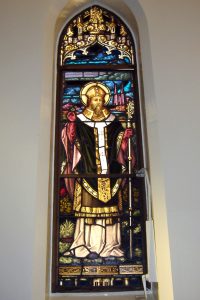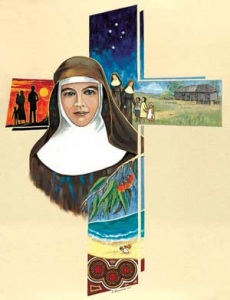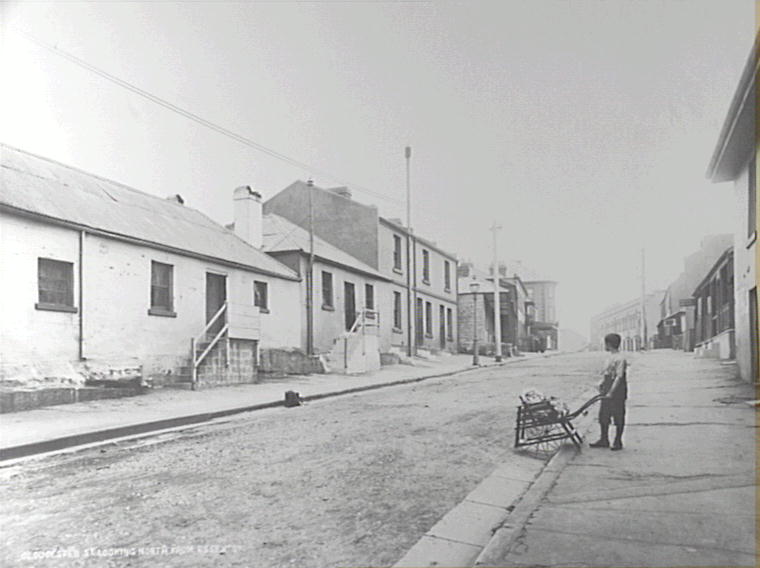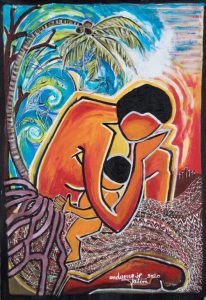St Patrick’s Day Blessings to You
March 17, 2021“Beannachtaí na Féile Pádraig dhuit!” – St Patrick’s Day Blessings to you!

Around the age of sixteen he was kidnapped and taken to Ireland as a slave herding cattle and sheep. After about six years, he had a dream a boat was coming to rescue him. He made his way to the coast, escaped and returned home to his parents. It is thought he may have studied to be a deacon like his father in Britain and in Europe.
After receiving a letter, he is said to have had a vision to return to Ireland to preach. He returned about 432 A.D. to convert the Irish to Christianity. He used a three leaf shamrock to explain the Holy Trinity. He converted the Picts and Norman, and established monasteries, churches, and schools across Ireland. St Patrick is said to have driven snakes out of Ireland, this can be interpreted to have driven out Paganism.
Where to Start? And How to Begin?
March 8, 2021
International Women’s Day 2021
This weekend’s image of the young Josephite volunteers at the House of Welcome, as they began to sort the many gifts received for refugee families and those seeking asylum, struck me yet again, as I realised I had once again underestimated the generosity of those who have worked through this COVID time for a more equal future and recovery. These young people, with their enthusiasm and generosity, not only inspire us; they give us hope that a new world is possible.
Reflection on Mary MacKillop
Reflecting on Mary MacKillop’s eventful life there is a realisation that she lived a type of nomadic existence.
 Her grounded spiritual approach to life enabled her to travel to establish new foundations and to meet the needs of the sisters and the needs of the times. Her journeys took her to many parts of the continent by many means of transport. As a woman of this era she imbibed a remarkable knowledge of the land and the conditions that ordinary Australians endured.
Her grounded spiritual approach to life enabled her to travel to establish new foundations and to meet the needs of the sisters and the needs of the times. Her journeys took her to many parts of the continent by many means of transport. As a woman of this era she imbibed a remarkable knowledge of the land and the conditions that ordinary Australians endured.
Her journeys were always taken in the spirit of Joseph. Joseph experienced many journeys into the unknown. We think of his life as being hidden and silent, yet he was a strong man of his time seeped in faith and spirituality as he protectively and courageously took on this special role. We are grateful for his witness of the Incarnation, for ensuring a safe return to Nazareth, for searching for Jesus, for teaching his child and for preparing Jesus for the enormous ministry he was about to embark on. Pope Francis reminds us:
St Joseph – Fr Julian’s Example and Guide
March 7, 2021In his last circular to the Sisters of Saint Joseph two years before his death, Fr Julian Tenison Woods affectionately reminded the sisters about what was essential for their Josephite lives.
Julian exhorts the sisters to follow the example of their patron, St Joseph.
Sisters of Saint Joseph Arrive in The Rocks
March 6, 2021
Sisters of Saint Joseph arrive in The Rocks area of Sydney, New South Wales
On the evening of 6 March 1880, two Sisters of Saint Joseph arrived in Gloucester St, Sydney to take up residence in a small rented cottage to which they invited the needy of the Rocks area – women and children who were homeless, aged or orphaned – who had nowhere else to go. Sr Josephine Carolan, in her Memoirs held in the Congregational Archives and used with permission, tells of their first night and morning there:
Build on a Strong Foundation
March 5, 2021World Day of Prayer 2021
 The movement of the World Day of Prayer can be traced back to the 19th century where women in the United States and Canada initiated a variety of cooperative activities. It is now an ecumenical global movement where all are asked to join in prayer and action for justice and peace. Catholic Social Teaching uses these themes as well – informed prayer and prayerful action.
The movement of the World Day of Prayer can be traced back to the 19th century where women in the United States and Canada initiated a variety of cooperative activities. It is now an ecumenical global movement where all are asked to join in prayer and action for justice and peace. Catholic Social Teaching uses these themes as well – informed prayer and prayerful action.
This year the prayer has been prepared by a group of women in Vanuatu, with its theme being “Build on a strong foundation.” [1] I remember visiting Vanuatu on a holiday in 1982, where I was warmly greeted with a hospitable people – full of colour and dance, who shared everything they had with you.
The pericope selected from Matthew 7:24-27 reminds us of the teaching of Jesus – to hear his words and put them into action. Again, echoing the World Day of Prayer motto of “informed prayer and prayerful action.” How do we see this fitting with the world today?
Josephite Justice Network – Media Statement: Aged Care
March 3, 2021Josephites join call for radical and lasting change to Aged Care Reform
Please find below a media statement from the Josephite Justice Network regarding aged care:
JJAMM 2021
JJAMM – Joseph, Julian and Mary MacKillop
Every year, around this time, I sit down to write an article to share with our Josephite community, informing you all of our JJAMM gathering. Every year I struggle for a new angle, because, quite honestly, every year is the same – inspirational, rewarding and such a valuable learning experience for our school leaders, their teachers and the facilitators. So, I thought this year, I would let the school leaders “write” the report you read.
